The Rees Dart Track is an amazing 4-5 day hike in Mount Aspiring National Park following two stunning rivers. This article will help you plan your Rees Dart hike, from packing, transport, accommodation, what you can expect, and more (there’s no shortage of photos either).
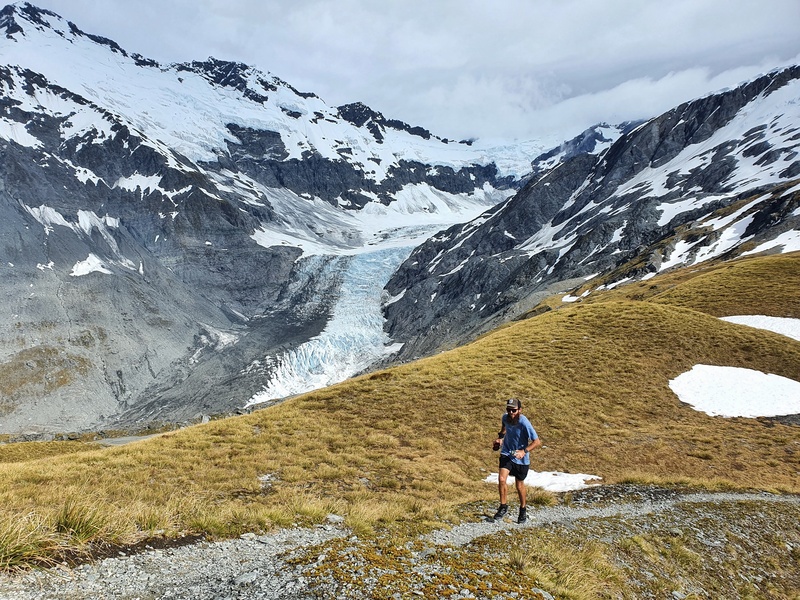
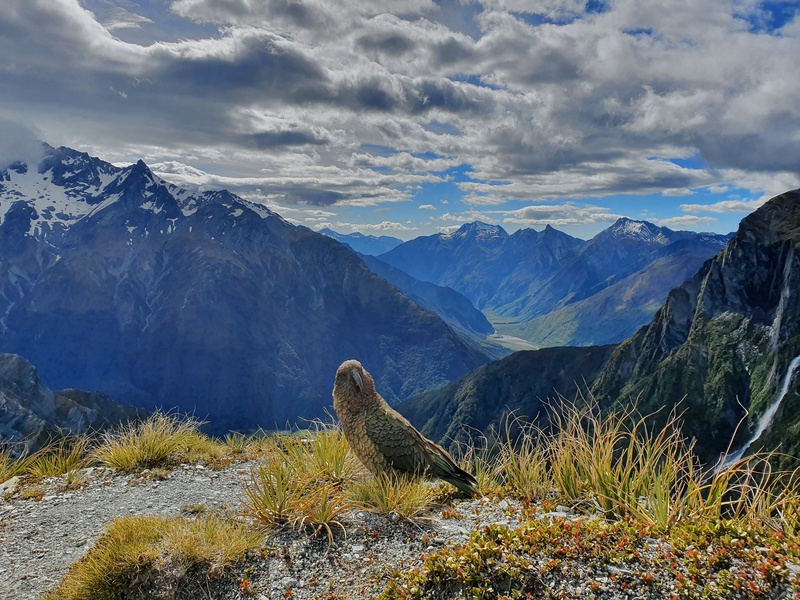
The Rees Dart Track is regularly mentioned by people living in Queenstown as a hike on their must-do list. Having completed the 85km track (including the day trip to Cascade Saddle), it deserves to be on your must-do list.
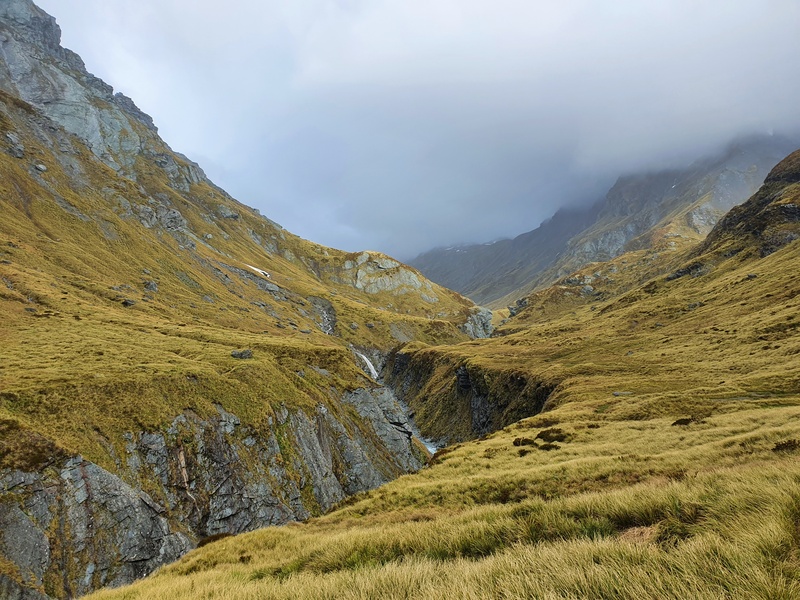
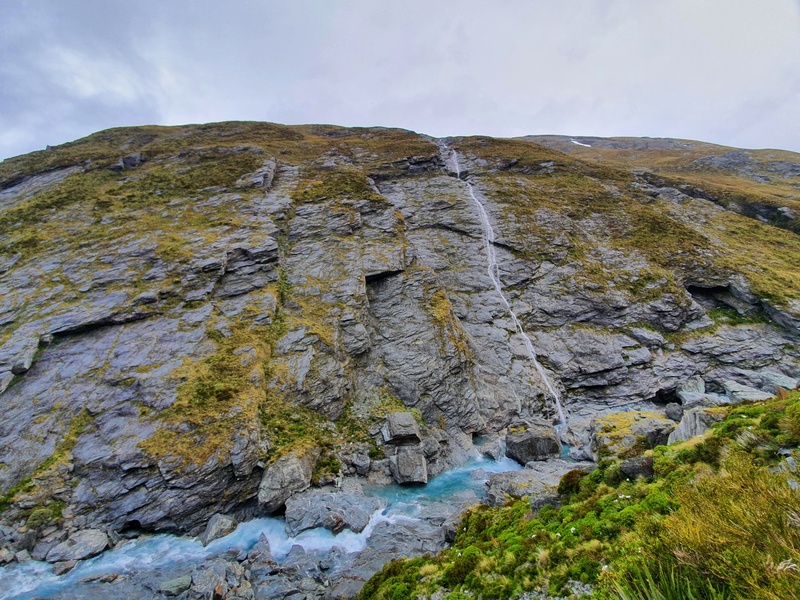
Along the way, you’ll see two amazing rivers as you walk through beautiful valleys. You get some glacier action, waterfalls, reach one, maybe two saddles, and get a glimpse of how powerful nature can be.
But as this isn’t a great walk, it’s not a walk where you’ll have to put in a little bit more effort with your planning.
I’ve completed this route and learned a lot. Add in talking to a bunch of others about their experience and I’ve got enough experience to help you get ready for this hike.
TABLE OF CONTENTS
1. Essential Rees Dart Track Info (& map)
2. Planning Your Rees Dart Track Trip
3. Rees Dart Track Hiking Itineraries
4. Is There A Good Day Hike On The Rees Dart?
5. Huts vs. Campsites On The Rees Dart
6. Where To Stay On The Rees Dart Track
7. When To Hike The Rees Dart Track
8. How To Book The Rees Dart Track
9. What To Pack For The Rees Dart Track
10. Notes From The Rees Dart Track
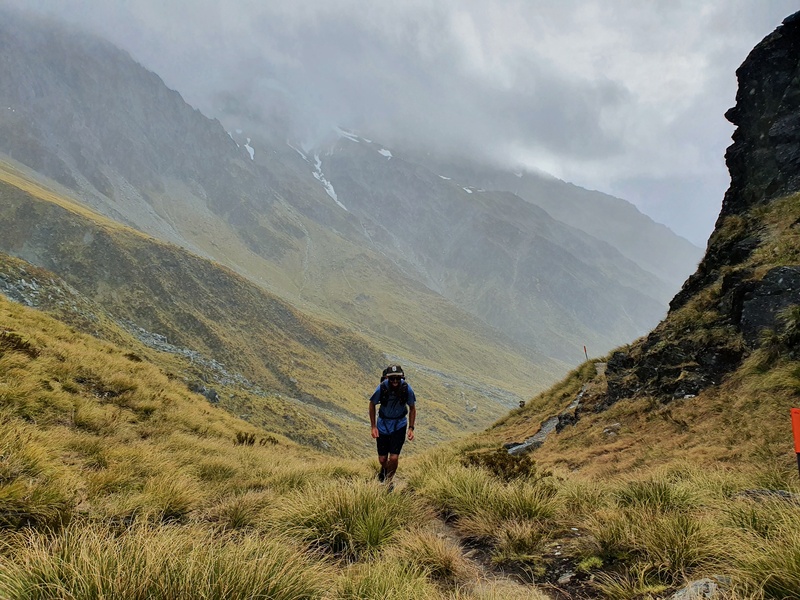
1. ESSENTIAL REES DART TRACK INFO
Trail Length: ~85km (including Cascade Saddle).
Elevation Gain: ~3,000 metres (including Cascade Saddle).
The elevation profile from Muddy Creek to Dart Hut:

The elevation profile from Dart Hut to Chinamans Bluff via Cascade Saddle:
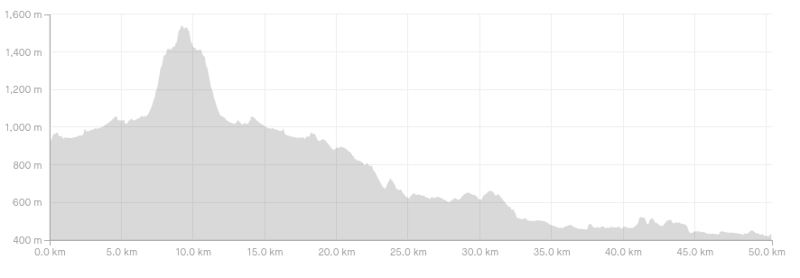
Time: 4 – 5 days for the majority of people.
Type of Trail: Point to Point (it’s ~35km between the two trailheads).
Trailhead: You can start at Muddy Creek car park or Chinaman’s Bluff car park.
Rees Dart Track Map
Clicking on the image below will open the map in a new window.
While it’s not a great walk, the hut capacity along the Rees Dart Hut is an indicator this is one of the most popular hiking trails in Mount Aspiring National Park (in the summer). There are even flush toilets and hut wardens in the summer 😛
The tricky part about the Rees-Dart is the planning involved. While you don’t need to book the huts/campsites in advance, booking your transport…or at least making a plan is a good idea. Why? They say Glenorchy is one of the most isolated towns in NZ (though there are heaps of great trails in the area), and the trailheads are beyond Glenorchy so you’ll need to figure out how to get there and back.
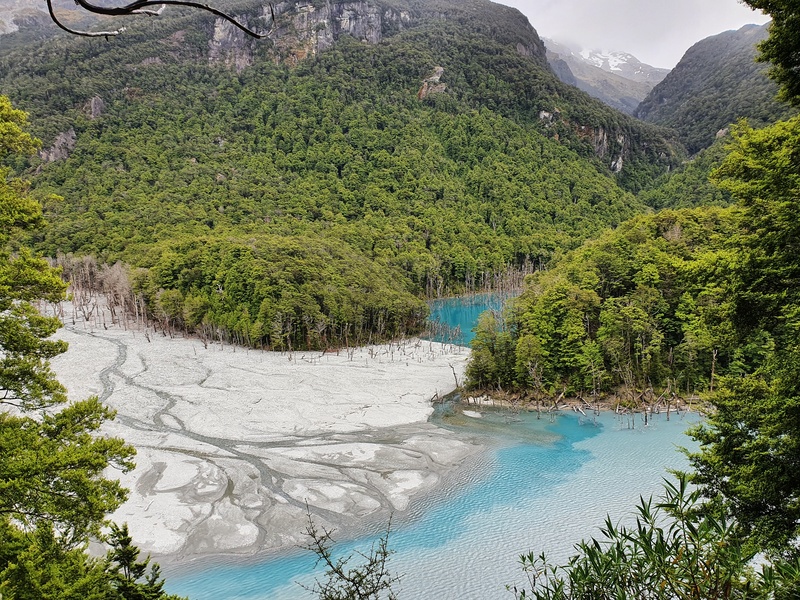
And before you ask, forget about doing this hike in winter.
But with a little bit of planning, you’re in for an epic tramp on the Rees Dart hike.
2. PLANNING YOUR REES DART TRACK TRIP
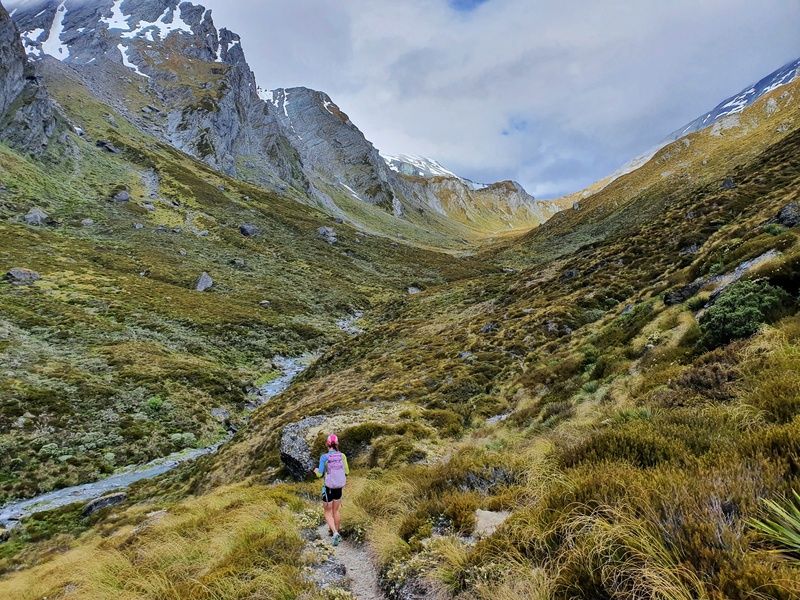
The majority of people will hike the Rees Dart Track the same way (anti-clockwise starting from Muddy Creek), but that doesn’t mean you can’t be different. Remember, this isn’t a loop track!
Step #1: Choose Your Trailhead

There are two trailheads on the Rees Dart Track.
- Starting from Muddy Creek Car Park (anti-clockwise): This is the most popular route, starting from the eastern side of the track where you’ll go up the Rees River and down the Dart River.
- Starting from Chinamans Bluff (clockwise): Starting a little beyond the settlement of Paradise, you’ll walk in a clockwise direction on this hike, walking up the Dart River and back down the Rees.
The two trailheads are 35km away from each other so you’ll want to figure out this part before you aimlessly head to a trailhead. I’ll mention the Rees Dart Track transport options later, but it’s something you’ll want to have at least an idea of what you’ll do as the 35km walk between trailheads is not a great way to start/finish the track.
Step #2: Decide how many days you’ll need
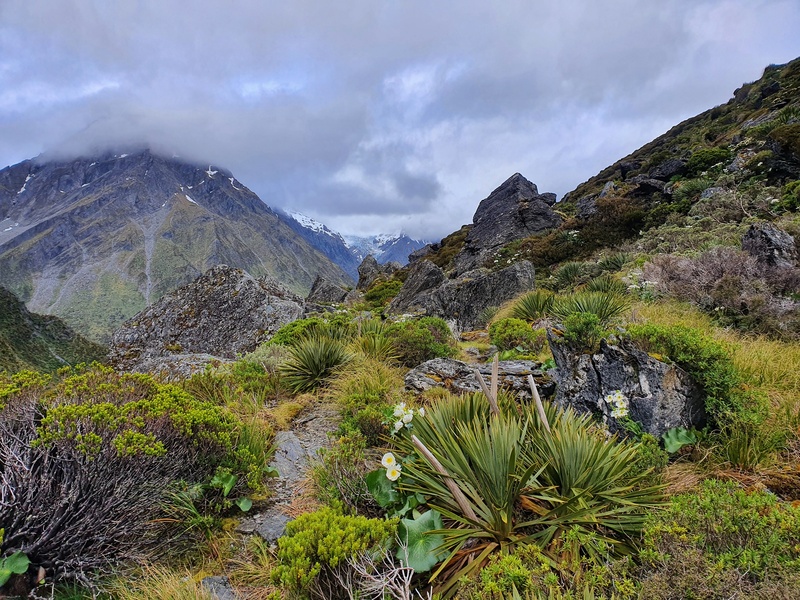
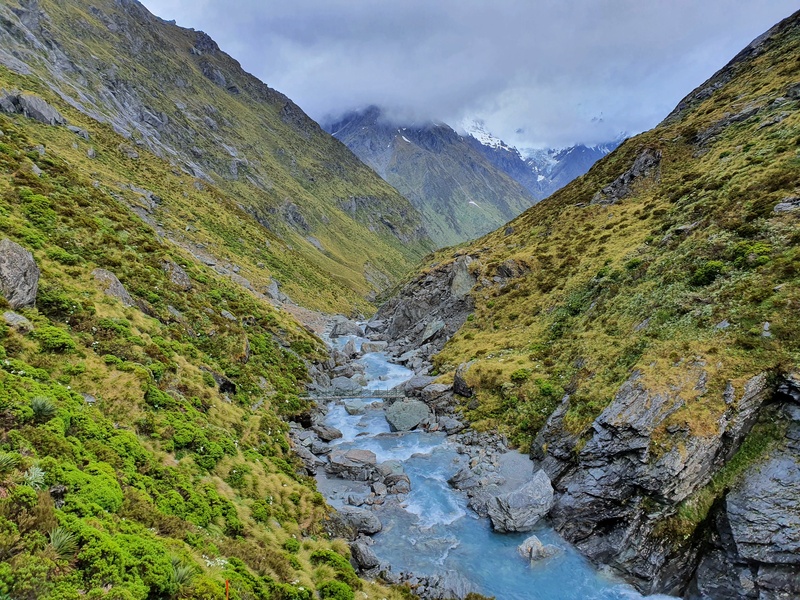
The majority of people spend 4 – 5 days hiking on the Rees-Dart Track. Four days if the Cascade Saddle side trip doesn’t happen, and 5 days if it does (it’s about a 20km return trip to Cascade Saddle from Dart Hut).
Keep in mind the elevation and the terrain when you’re planning your trip. There are only a few huts along the way, and they’re all roughly equally spaced apart so trying to cut the hike down to 3 days, while feasible, isn’t always the smartest of ideas.

The trip up to Cascade Saddle is the best part of the hike for most people (me included), and on a nice day, you can easily spend a couple of hours chilling there. Add in a side trip up to Kea Basin, and all but the most avid of trampers will be happy as doing this over five days.
3. REES DART TRACK HIKING ITINERARIES

Hiking the Rees Dart Track over 5 days – Recommended Itinerary
- Day One: Muddy Creek to Shelter Rock Hut, 19 km
- Day Two: Shetler Rock Hut to Dart Hut, 10 km
- Day Three: Dart Hut to Cascade Saddle, return, 20 km
- Day Four: Dart Hut to Daley’s Flat Hut, 18 km
- Day Five: Daley’s Flat Hut to Chinaman’s Bluff, 16 km
If you were to do the hike over 4 days most people will miss day three of this itinerary. The best part. But sometimes there’ll be weather/time pressure/out and back nightmares that’ll stop you from going to Cascade Saddle…it’s not the end of the world if you don’t go.
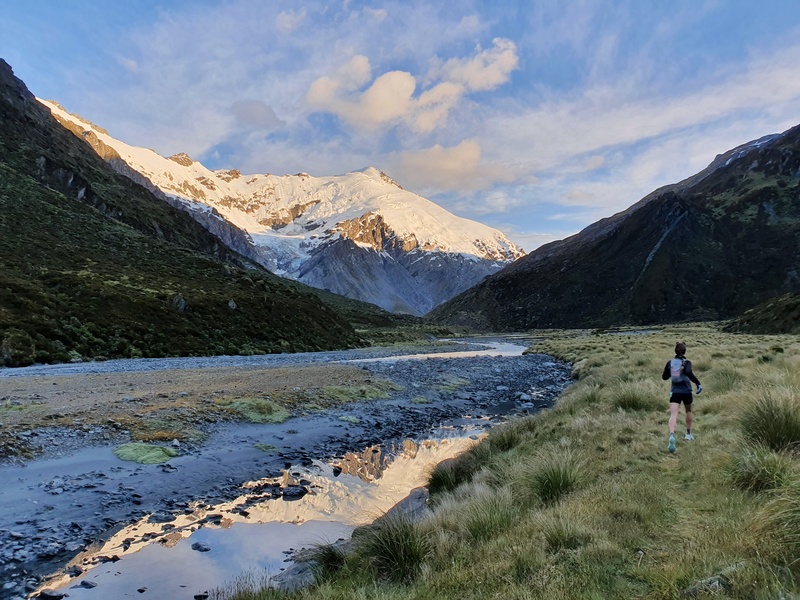
If you want to go to Cascade Saddle and complete the trip in 4 days, you’ll need to be prepared for one big hiking day. I’d suggest combining days four and five…IF you have your own transport sorted. Otherwise you could leave Shelter Rock early on day two and plan to get up to Cascade Saddle in the afternoon depending on how the legs feel etc.
Can you do the Rees Dart in 1, 2, or 3 days?
Yes, like most multiday hikes in the South you can skip a hut or two. But it’s not for everyone. You’ll need to be very confident in your hiking ability. I completed the track (plus Cascade Saddle) in 2 days, but am a fit human. They were still two big days!
4. IS THERE A GOOD DAY HIKE ON THE REES DART?
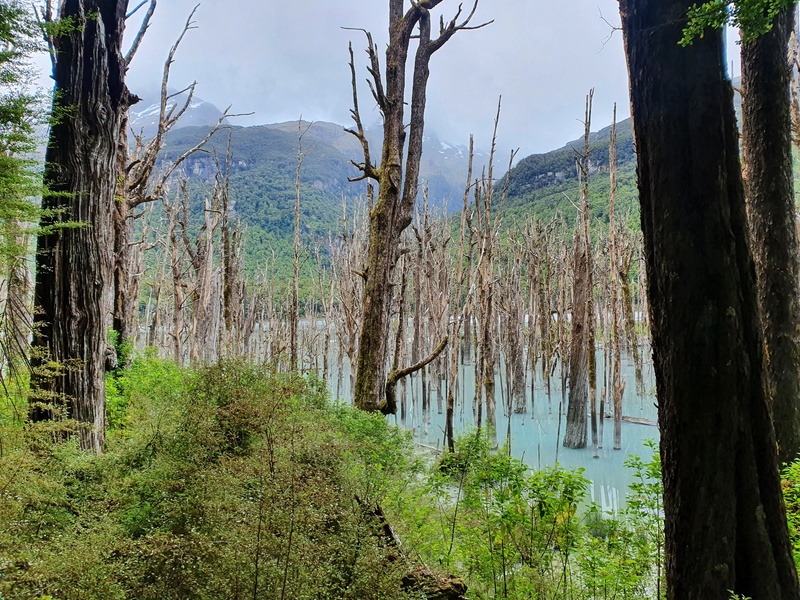
If you were to do a day hike on the Rees Dart, you’ll want to make it from the Chinamans Bluff end in my opinion. The Muddy Creek end of the track is boggy and not so much of an enjoyable trek.
An out and back to Daley’s Flat Hut isn’t practical so simply walk until you feel like it’s a good point to turn around.
5. HUTS VS. CAMPSITES ON THE REES DART TRACK
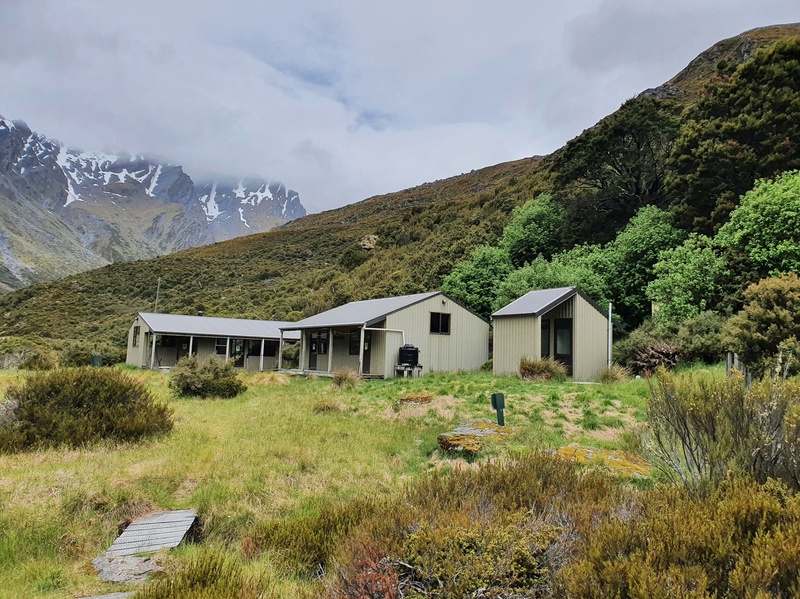
There are some amazing spots you can camp along the Rees-Dart Track. While huts are always an amazing experience, if you’ve got a good weather window, don’t rule out camping. There are pros and cons to each.
HUTS ON THE REES-DART TRACK
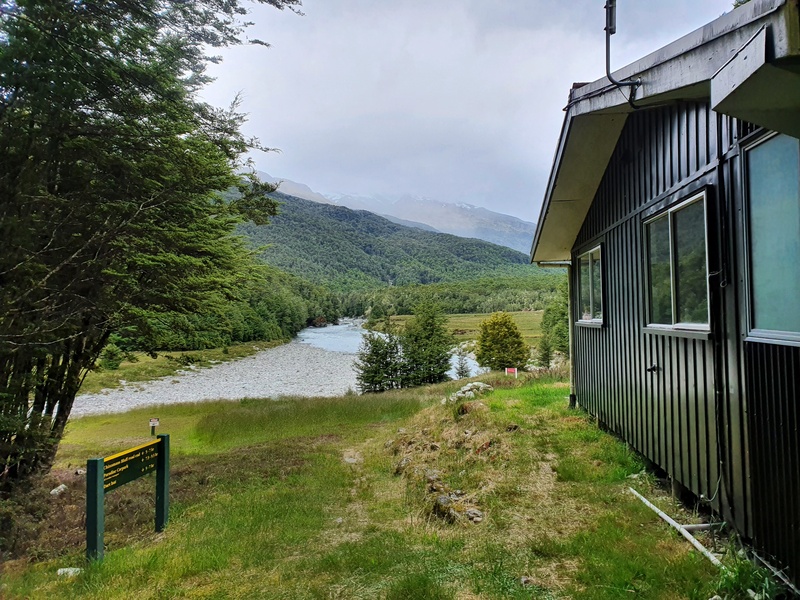
HUTS ON THE REES DART TRACK
Pros
- Solid fuel fires
- Sturdy roof over your hut
- Easier to chat with others
- Matresses are provided
Cons
- More expensive than camping ($20/night/person for adults). Your Backcountry Hut Pass is not valid over the summer period.
- If you get snorers in your room you may not get much sleep
- People have a wide variety of sleeping ties
CAMPING ON THE REES-DART TRACK

Note: The only area you cannot camp on the Rees-Dart Track is between Shelter Rock Hut and Dart Hut.
Pros
- More freedom on where you can stay
- You can stay close to Cascade Saddle (by Cascade Creek where there’s a toilet)
- Cheaper with campsites close to the huts $5/adult (you can use the toilets but not the facilities inside the huts)
Cons
6. WHERE TO STAY ON THE REES-DART TRACK
Shelter Rock Hut
This is about 19km from the Muddy Creek car park and is the first hut on the route when taking the most popular, anti-clockwise route. It’s a 22-bed bunk with mattresses and plenty of common room space and seating. There are flush toilets at the hut, heating, and tap water.
Dart Hut

This is the premier hut on the Rees Dart Track as you’ll stay here for two nights if you’re doing the Cascade Saddle side trip. This is pretty close to the level of facilities in a Great Walk Hut in my eyes.
Daley’s Flat Hut
Close to the river after navigating Cattle Flats, there were a lot of New Zealand sandflies here!
7. WHEN TO HIKE THE REES DART TRACK
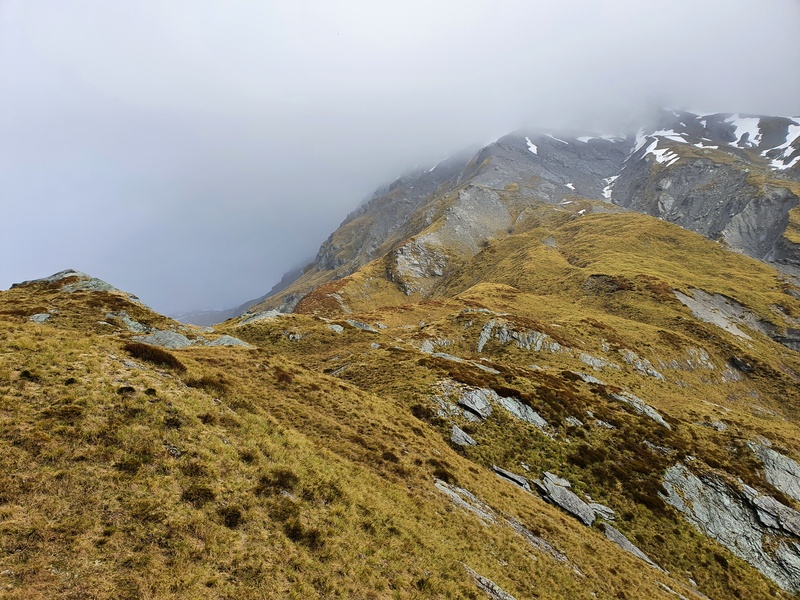
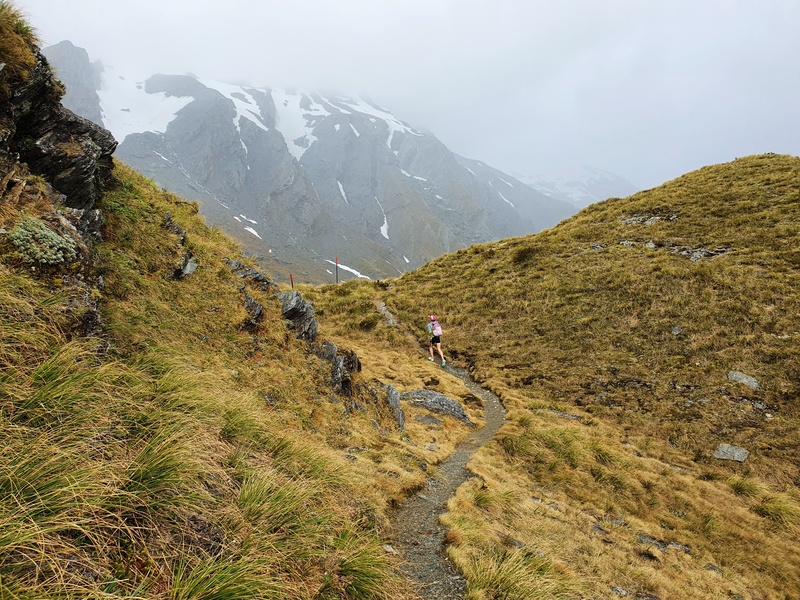
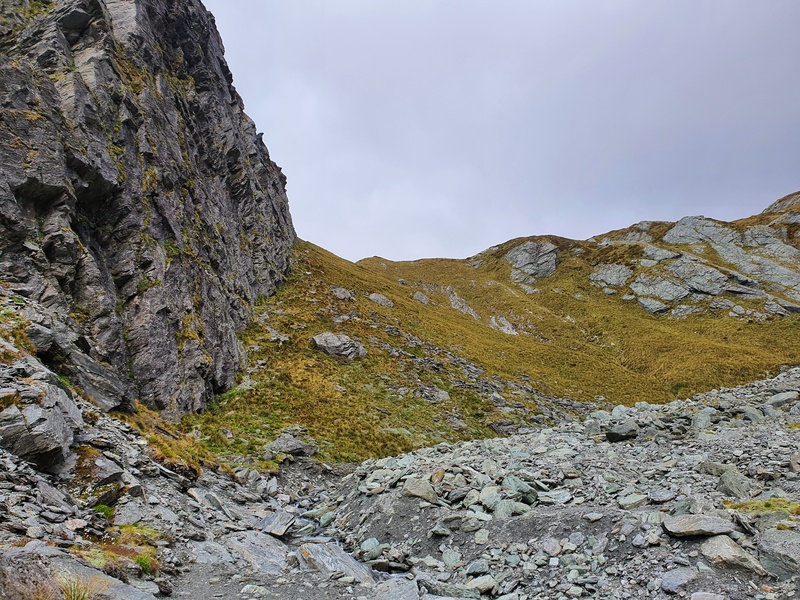
This is a hike that should be avoided in the winter…and thankfully most do with the logbooks showing a long gap between visits over the winter period (if I remember correctly no one stayed in the huts from mid-June to mid-October).
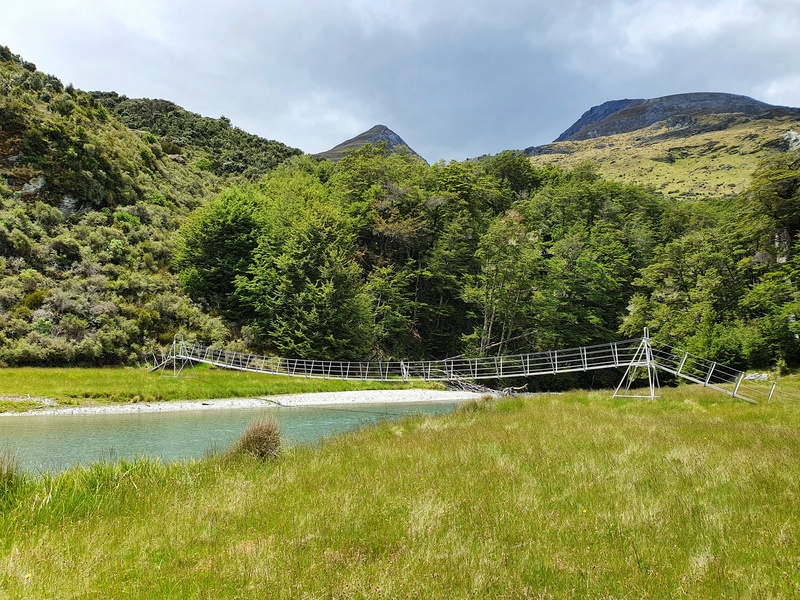
The reason for this is you’re walking through valleys, next to rivers that are high due to glaciers/snow melt from the surrounding mountains. So the risks are avalanches in parts, and simply the rivers are too high to be crossed safely (DOC remove the bridges).
If you prefer to have the track to yourself, you can consider hiking the Rees Dart Track in November. While the bridges probably won’t be in yet, the rivers can be low enough to cross…do speak with the DOC visitor centres for up-to-date information on the track.
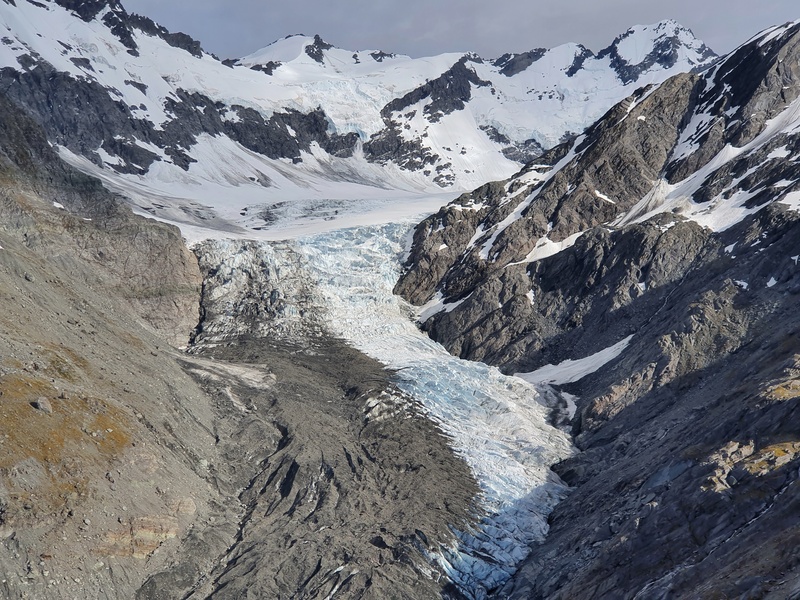
The DOC wardens tend to show up at the start of December and are great people in my experience. They make the hike awesome and can provide weather updates each morning, this is particularly helpful for the Cascade Saddle day trip.
A big shoutout to Gareth and Sam, the wardens on the track while I was there.
8. HOW TO BOOK THE REES-DART TRACK

Accommodation: There’s no need to book the huts on the Rees Dart Track in advance. But you may want to book your accommodation for the day before and after the hike in advance to ensure you’ve got a good night’s sleep on either side of the hike.
p.s. Don’t forget to buy pre-purchase your hut tickets.
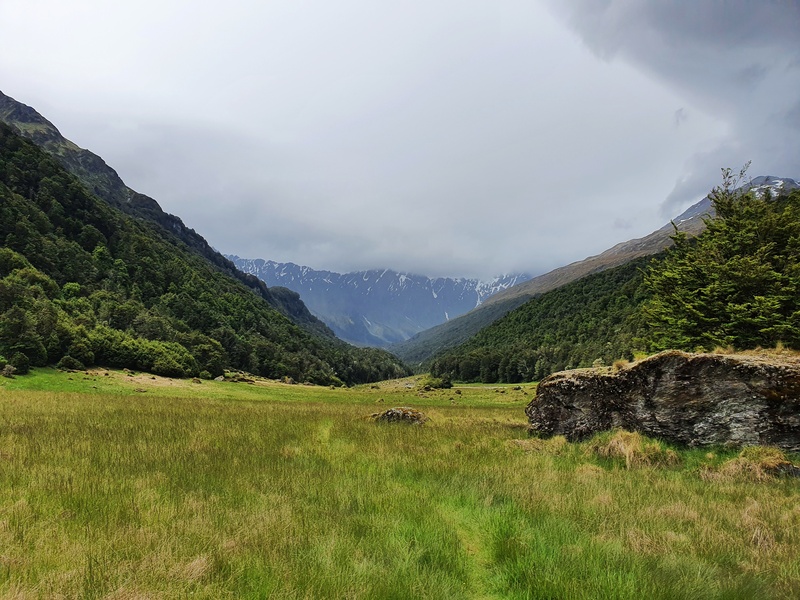
Transport:
This is the part that prevents the majority of people from doing the Rees Dart Track in my experience. There are lots of ways to get there though, such as:
- Bus
- Car Relocation
- Buses
- Car Swap
For more information, check out the full Rees Dart Track Transport post. It’s imperative you put your post-hike transport plans into place before you begin hiking this track due to how remote the trails are.
9. WHAT TO PACK FOR THE REES DART TRACK
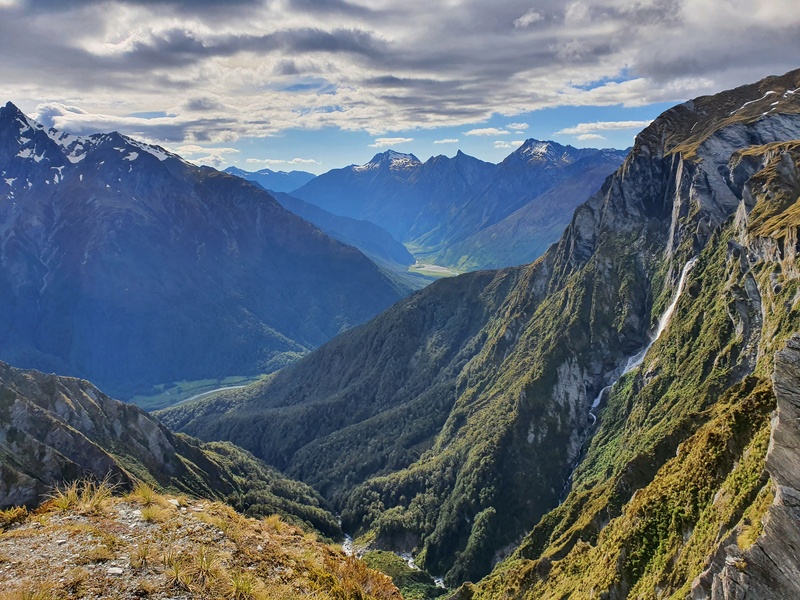
For a 4-5 day hike, getting your packing right could be the difference between an enjoyable hike every day…or a super niggly hike. Somethings to consider bringing on the Rees Dart Track:
Food: There’s no food or snacks to buy along the way. It’s best to get your supplies in Queenstown as options are limited in Glenorchy. Don’t forget you’ll need to carry out all your garbage, so bring a couple of bags to deal with that.
Cooking things: Do you need a stove to cook your food? What about cutlery and vessels to eat with?
Sleeping bag: You’ll need a sleeping bag regardless of whether you’re staying in huts or campsites.
A tent/sleeping mat: Only required for campers. Those staying in huts are provided a bunk bed with a mattress.
Reusable water bottle: There’s no shortage of water sources on the Rees-Dart Track. You can get away with a 500 ml drink bottle, but you can’t go wrong with erring on the side of caution with a 750 ml /1 litre bottle.
Hut Tickets: Bring your hut tickets or Backcountry Hut Pass. You can bring along cash to pay for the huts as well, but pre-purchased hut tickets are the best option for all.

Battery pack: Even on airplane mode, many phones will do well to last the whole hike without needing to be recharged. And you might want to recharge other items like cameras, head torches (I use this Knog head torch) and/or your Macpac mini lantern.
Insect repellent: Unfortunately you may need to deal with those pesky sandflies on this hike (I was ravaged near Daley’s Flat Hut). The itchy bites are not ideal! There are all sorts of solutions to keep them but a good quality sandfly repellent will do the job.
Sunscreen, Sunglasses and a hat: A must in the summer. There are some long stretches where you’ll be exposed to the sun. For sunscreen, I recommend Skinnies, sunglasses – Goodr, and I’m not biased towards any hat really.
Waterproof layer and bag protection: If you’re planning to be out hiking for 4 – 5 days in this region, that’s a long time for the weather to not change at all in this region. Make sure you’ve got at least a good rain jacket with you (I wear the Macpac Tempo Jacket) and a good dry bag with you for inside your bag (a wet sleeping bag isn’t great).
Good hiking clothes: Be practical. There’s a whole host of hiking clothing you can buy, just don’t be that person who goes in jeans.
10. TRACK NOTES
- The bogs at the Muddy Creek end of the track are not fun! Expect to get wet/muddy feet, even in summer.
- There’s a small cave you can spot going up the Rees Saddle from the Rees River side. I didn’t explore it, but I’ve heard it’s fun…people will often leave a beer in there 🙂
- Over the summer of 2021/22 kea’s were ruining tents across the track.
- Even in the summer the rivers fluctuate heaps after some rain. Make sure you know how to cross rivers safely.
- There’s a rock biv you can stay at near Cattle Flat.
The Rees-Dart Track is amazing. It’s a hike that lives up to the expectations of pretty much everyone, similar to the Earnslaw Burn Track.
If you’ve got any questions and/or comments about the Rees Dart Track, leave a comment below or email jub@churnewzealand.com
Other than that, here are a few more Rees-Dart Track photos to convince you to go.


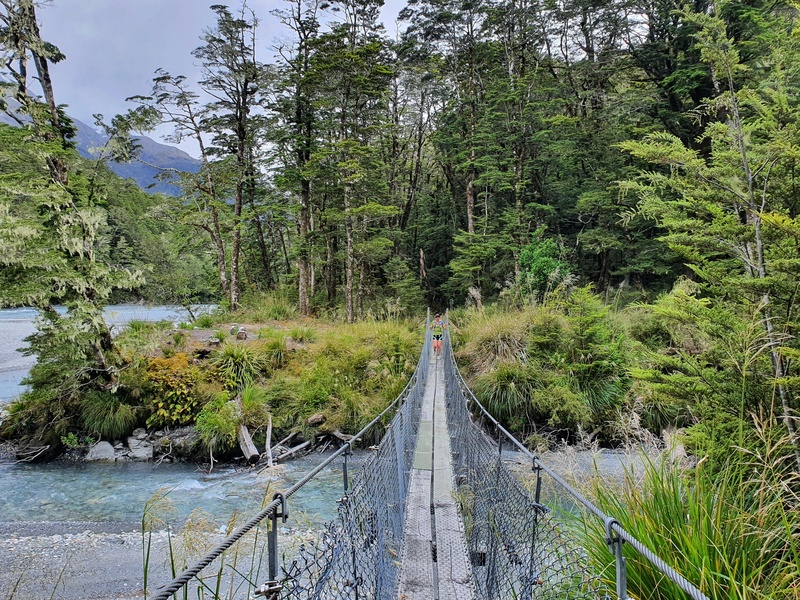

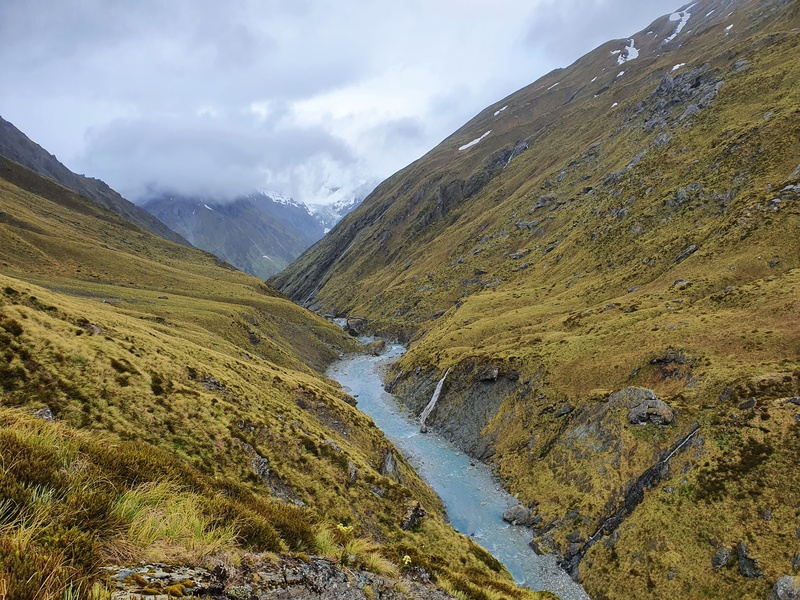

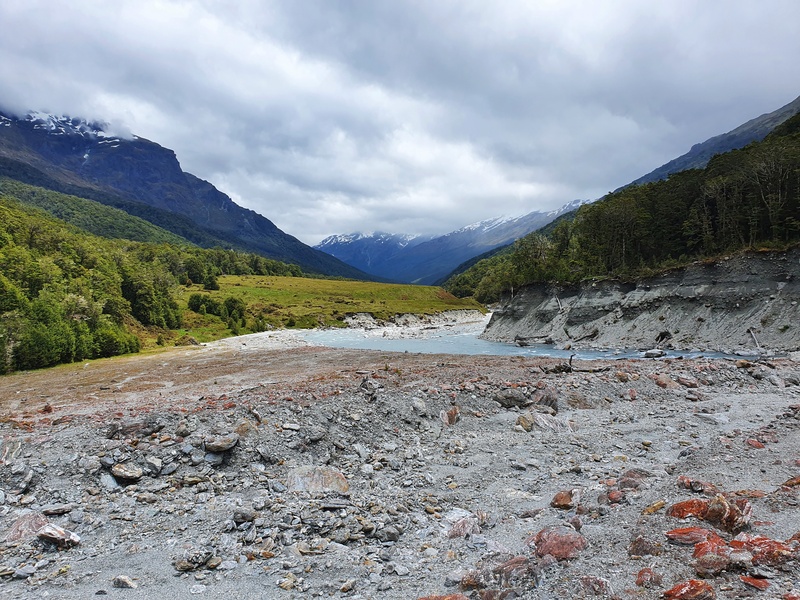

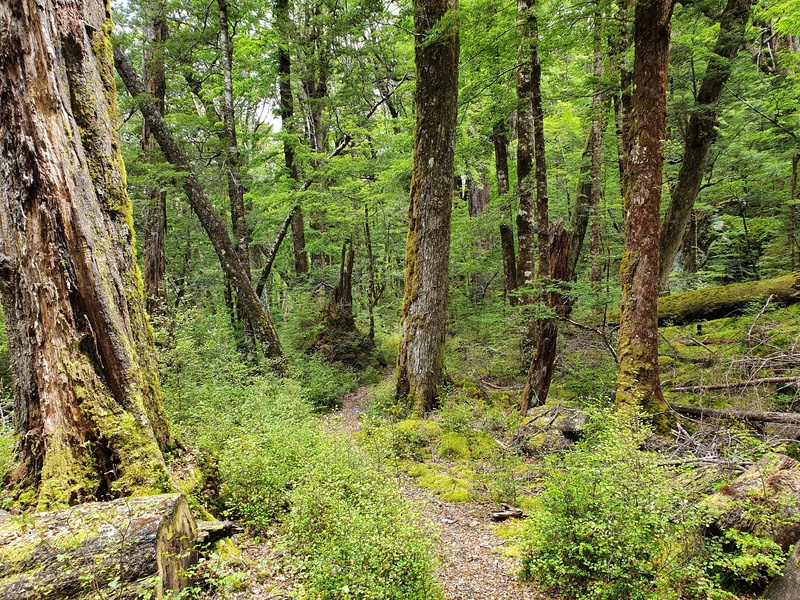
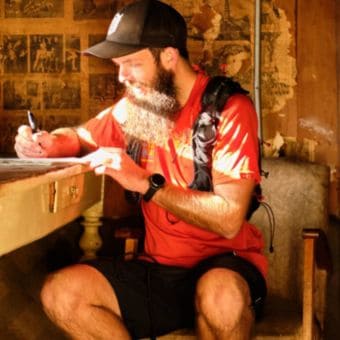
Hey, it’s Jub here. I’m the guy behind Chur New Zealand, helping you have the best time hiking, trekking, walking…whatever you want to call it…in NZ. I’m based in Queenstown and am always out and about exploring trails, old & new. If you have any questions, reach out.

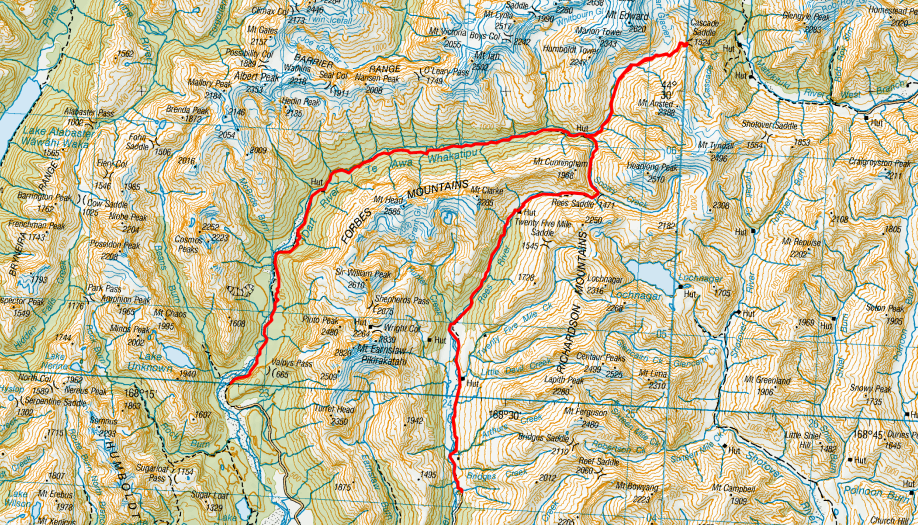
Your website is an amazing resource. One question on this one. It is described as a loop, here and in various places, but the map shows it as a horse shoe, what gives? Thanks
Hey Ivan,
Thanks for the kind words. I did a ctrl + F an searched ‘loop’, on the post, and I’m not sure where you got that 🙂 I’ve added a map to the post now, it’s definitely two trailheads. You can make it a loop track if you bike between the two trailheads though!
Cheers, Jub
This post is great and is making us so excited about our trip! We’re planning for a 4-day trip on the Rees-Dart without the hike to Cascade Saddle. We’d love some advice on the following if you’ve got a moment!
– We are concerned about unexpected weather. What kinds of Plan Bs did you prepare ahead of time in case there is heavy rainfall that delays the trip or even cancels it?
– How busy are the huts in mid-to-late December? We’re aiming to dtay at the huts but are worried they’d be full, so we’re thinking if we should bring our tent after all.
Thanks so much for the resources, and thanks in advance if you get around to our questions!
Hey Ellen!
Sorry, slow response here.
You’ll have a blast out on the Rees Dart, if you feel up to it…definitely try get to Cascade Saddle 🙂
1. We had a great weather window for the hike, so weather wasn’t an issue. Luckily you don’t need to book the huts in advance so you can be flexible. At worst you can always switch to the Greenstone Caples Track which can be pretty sweet even in horrid weather. That said, if there’s some dicey forecast predicted, give DOC a call and they can let you know if it’s good to go ahead. Or one of the van transport companies, if it really is bad weather they probably won’t drive people to the trailhead.
2. This is something I want to know bug time haha. With the borders open again, I’ve got no idea how busy the huts will be. That said, I do know during the period from Christmas and New Years last year they were all but full most nights. On New Years Eve there were some people sleeping on the floor as it was so full, but it sounded like a great night ha by all. So my instinct this year is from about the 22nd of December onwards they’ll be full. But as long as you set off somewhat early each day, you’ll be good as gold at claiming a spot. The DOC office in Queenstown should be able to tell you how busy the huts been in the previous week to give you an idea.
Have the best trip!
Hello, I’ve read someone’s blog who discussed mountain biking along parts of this track. Is mountain biking prohibited here or can riders follow the rideable parts of the track at their discretion. Kind regards, Andrew.
Hey Andrew,
I’m not sure if there’s a rule that prohibits mountain biking but I’d say giving DOC a call would be the best option to check. I’ve not seen bike on the track on the few times I’ve been there.
Cheers,
Jub
Thanks so much Jub
Great details thanks. Do you reckon there would be any advantages or disadvantages in doing it in reverse? That first day looks long and boring, I’m wondering if it would be a looong last day. Ellen wanna swap keys first week of January?! 🙂 We would be taking at least 5 days. The best plan for weather is having a good forecast, then a day or two ‘up your sleeve’ so that you can wait out bad weather. A tent is a plan too, if you get caught between streams or not enough space in huts.
Hey Stephanie,
Off the top of my head, not massive advantage going in a particular direction. The most popular direction is starting at Rees, so if you like meeting the same people at the huts…might be best that way? With 5 days, you’re golden! Fingers crossed you’ve got some stunning days!
Hi, thank you very much for all the information, really appreciated thanks. Question please.. Which walk would you say is the most interesting/ stunning? This one or the Greenstone and Caples? Just planning my Queenstown trip at the moment! Thank you, Sam
Hey Sam,
I’d 100% go with the Rees Dart as the most interesting/stunning!
Cheers, Jub
Awesome, thank you very much
Kia ora Jub,
Very grateful for sharing your Rees Dart knowledge & experience. Question please re Muddy Creek. Would a closed toe Keen jandal work? Pair of Crocs?
Ngā mihi nui,
Scott
Hey Scott!
Everyone says good things about the Keen sandals, but I don’t think it’d be very fun? If you use them religiously though, no reason why it can’t…Crocs…I wouldn’t be as confident with!
Very helpful post that gives me confidence thank you kindly
Awesome, good to hear! Enjoy the Rees Dart 😀
Really good information, thank you. Older hiker here, experienced but that doesn’t mean I’m a great hiker. Experienced crossing streams but not Rivers. Is it wise to do a course before doing the Rees- Dart ? Mid March is our plan for this hike.
Hey Rhonda,
I don’t think a Course is necessary if you’re an experienced hiker. Of course it never hurts, but there are plenty of people who are less experienced than you who will take a go at it. I’m hoping to do the Rees Dart again shortly 🙂
Cheers,
Jub